The sudden popularity of a certain new video game has a lot of people asking a lot of questions: (1) What is this new video game contraption that all the young folks are doing? (2) How does one play this game? (3) Why does my chest hurt after drinking a bunch of lemonade? (4) Will I ever truly be happy?
Let me try and answer some of those fascinating queries:
- League of Legends.
- Read the rest of the article
- You might have acid reflux
- Probably not but hey might as well try
Not that all of those questions aren’t worth discussing, but I’ll be focusing on #2 for the remainder of this article.
There are a lot of reasons you might be reading this. Maybe you want to be the next Faker (Korean pro player, some call him the Lionel Messi of League, others just call him… Faker-sempai) and be a professional League of Legends player. Or perhaps you’re just wondering what it is your roommate is doing that has him clicking so loudly that it sounds like a woodpecker lives in your ear! Whatever the reason, read on, and find out just what the hell your roommate is doing awake at four in the damn morning on a Wednesday night. (Seriously, Jeremy. I’m trying to sleep. I have a math test tomorrow, I’m late with this article– I do not need this right now.)
Basics of the game
We’ll start out simple. Two teams of five players each face off in a large square arena, with one team’s base in the top right corner, the other in the bottom left. Three paths (lanes) connect the two bases. The object of the game is to get into the other team’s base and destroy their nexus. Getting to this point and finishing the game will typically take around 30-45 minutes. With me so far? Good, because we’re just getting started. In each lane is a series of turrets. These turrets do a LOT of damage, so the game helpfully provides mindless minions to die for you! Small, weak, computer-controlled minions (or creeps) regularly spawn in each lane, and will slowly walk down the lane towards their enemy. Walk into the turret without a healthy supply of minions to back you up, and you might as well drop your weapon, pick up a shovel, and start digging yourself a grave. The players in each lane try to kill enemy minions so that their team’s minions will push towards the enemy’s tower. As long as your minions are in range of the tower it will prioritize the minions instead of you. This will allow you to hit the tower without fear of being pounded into the dirt. Be warned though, the towers do not take kindly to you attacking the champions of their team and will turn on you as soon as you damage a champion, minions or no.
Through landing killing blows on minions, blows on enemy players, and blows on towers, and through just sheer persistence (you generate a small amount of gold every second just for participating) you will acquire gold that can be spent back at your home base to buy items. Each champ can carry six items, and it takes quite a lot of time and gold to get all six. But with close to 200 items in the game, there are tons of possible item combinations (typically called item builds) that a player can have. Each item’s primary function is to give stat bonuses, and every champ requires different stats to do well. Every character has certain things they are good at and things they aren’t so good at. So pick a champion that fits a play-style you like and build items that fit that play-style! You wouldn’t buy a hockey stick for a football player, right? So don’t buy Archangel’s Staff for Garen. Just don’t. Please don’t. You’ll understand when you’ve played a few games.
Phew. Well there you have the basic objective of the game. Let’s make that a list so it’s a bit easier to understand.
- Go to a lane and start killing minions.
- Your minions will help you destroy enemy towers.
- Use gold gained from killing minions to buy items to make yourself stronger.
- Keep taking towers until you reach the enemy base.
- Destroy the enemy nexus.
Of course, your opponents will be trying to do the same to you the entire time, so you can’t just walk into lane and mindlessly hack away at minions. You have to deal with a human opponent, controlling a character of similar strength to yours. This is where the “meta game” comes in.
At this point, it would be the acme of foolishness not to mention that the game is free to download and has a tutorial built in. If what I’ve just described sounds like a game to which you might enjoy devoting a bit of time (or your entire life) and spending no money (or over a hundred dollars) then download it and give it a shot (I’m so lonely). There are a lot of small details that I won’t be going over (damage types, resistances, scaling, turret agro, ip and rp, possible item builds, how to last-hit, runes, masteries, summoner spells, how to play while eating a sandwich, wards, dragon and baron, blue and red buff), which are all kind of boring, require lengthy explanation and are best learned by simply playing the game a bit. Those are the mechanics of the game, but what really makes League of Legends (or LOL, for short) so much fun is the massive number of characters that you can play. You thought Super Smash Bros. had a lot of characters? Man Smash Bros. ain’t got NOTHING on League.
Champions
There are currently 123 champions to choose from, and a team must have five UNIQUE champs. There are millions of potential team compositions, which by itself should suggest the complexity of the game. Champions are divided into a few categories based on how they play. Assassins are champs that do a lot of close range damage extremely quickly but are very easy to kill. Most mages function similarly to assassins, but their damage is usually long range. Tanks (my favorite role) are beefy damage sponges that like to wade into a fight and soak up damage, but they aren’t too good at dishing out hurt themselves. Marksman (usually called Attack Damage Carries or ADCs) are long range champs that prefer to stay in the back of the fight while pumping out a steady stream of damage per second. Obviously these are just generalizations and there is a lot of diversity within each category. You’ve got bruisers, bursty marksman, melee damage-per-second champs, champs with high mobility, low mobility, split-pushers, champs with no crowd control, champs with lots of crowd control, fat champs, skinny champs, champs who climb on rocks. (If you got that reference give yourself a pat on the back).
Though each champ differs greatly, there are a few aspects that every champ shares:
Stats – Every champ has stats that all do different things. (This, by the way, is the kind of in-depth analysis that makes my article a must-read). The most important stats are health, mana (some champs use other resources or no resource, but that doesn’t matter right now), attack damage, ability power, armor, magic resistance, movement speed, and critical chance. Most of those are pretty self-explanatory if you’ve played an RPG before, but the main thing you need to know is that every item gives stats, and certain stats are good on certain champions.
Basic Attacks – All champions get basic attacks, some ranged and some melee. Basically all the dudes with axes and swords have melee basic attacks, and everyone who uses a gun or magic staff has ranged basic attacks. The higher the attack damage stat, the higher the damage on basic attacks. Easy enough.
Abilities – Every champ has a passive ability (no key binding), three basic abilities (Q,W, and E), and an ultimate (R). The maximum level in the game is level 18 and each level gives you one point to spend on your abilities. Each basic ability can be skilled five times, and your ultimate three times. All your basic abilities are available from the outset but you’ll have to wait until level 6 for the extremely sexy ultimate ability. Most abilities increase their damage the more ability power you have (wow, what a coincidence!) but some will cause more damage more as your attack damage increases. Every ability costs mana, so keep an eye on that pretty blue bar under your health.
So before we end this thing, quick wrap-up on how champions work:
- You control one character, and you use basic attacks and abilities to do the big damages
- As you disregard real life and acquire currency, spend that currency on items that fit your champion. Ex. Attack damage on Ashe, Health Armor and Magic Resist on Garen, and Ability power on Annie.
- Proclaim your victory, dance on the desecrated corpses of your fallen foes.
So what are you waiting for? Get out there and give League a try! I’ll see you on the Summoner’s Rift or at Gaming Club in Tome 115 on Satudays at 8pm where we play lots of League and other games. Be there or be square!






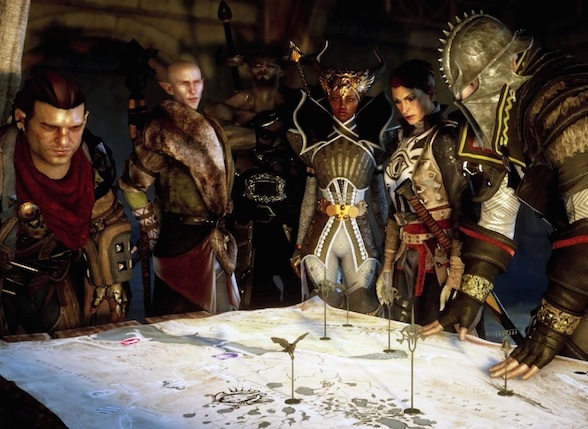
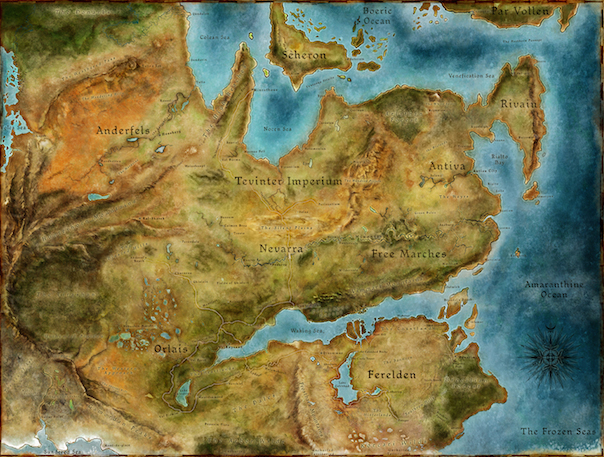
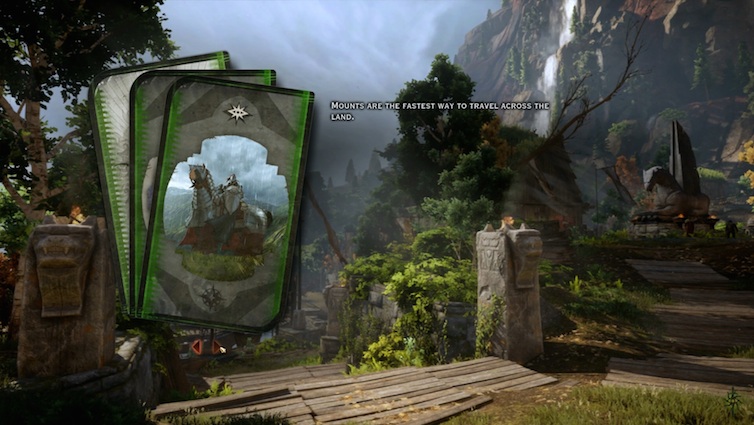

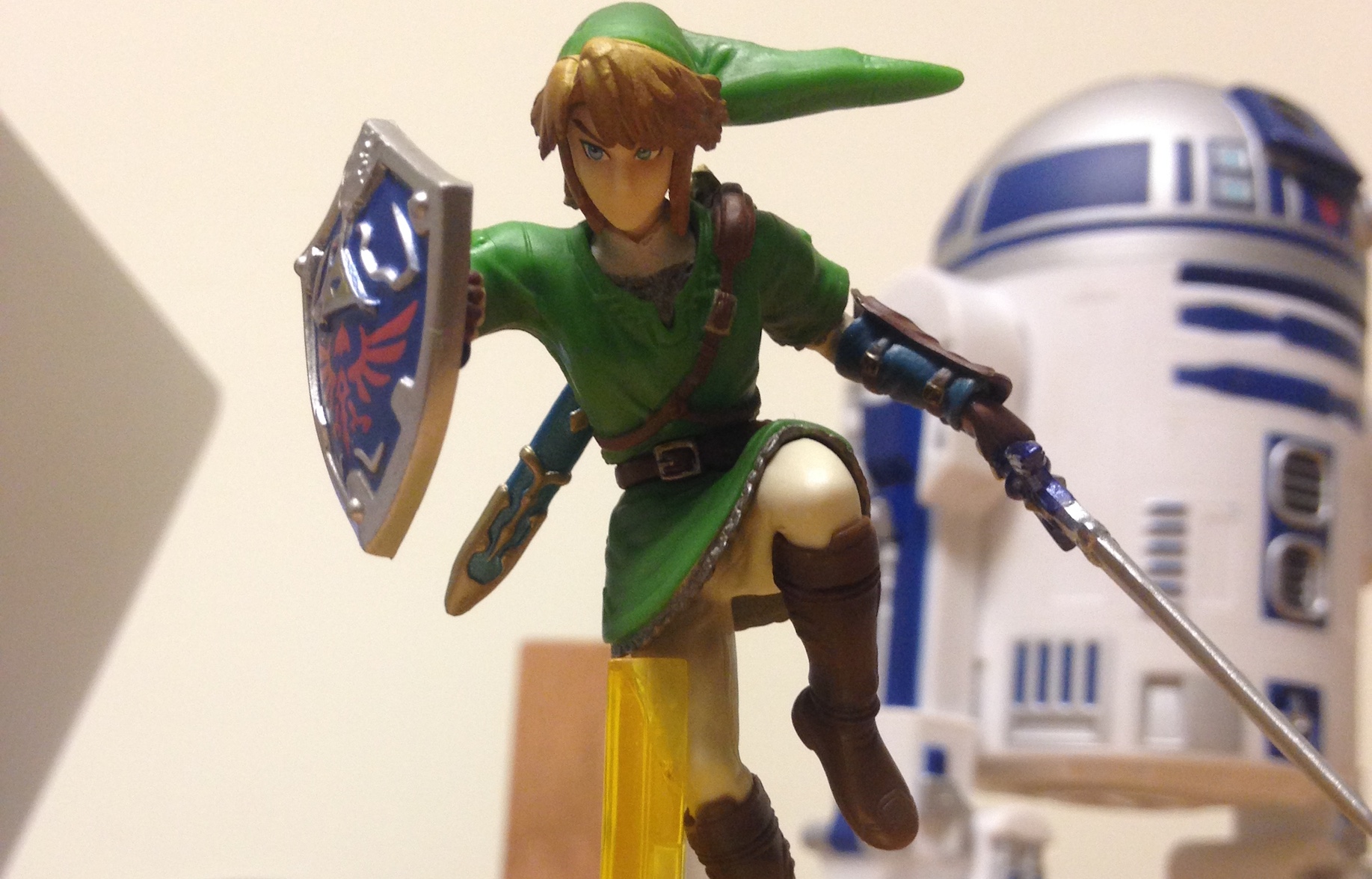
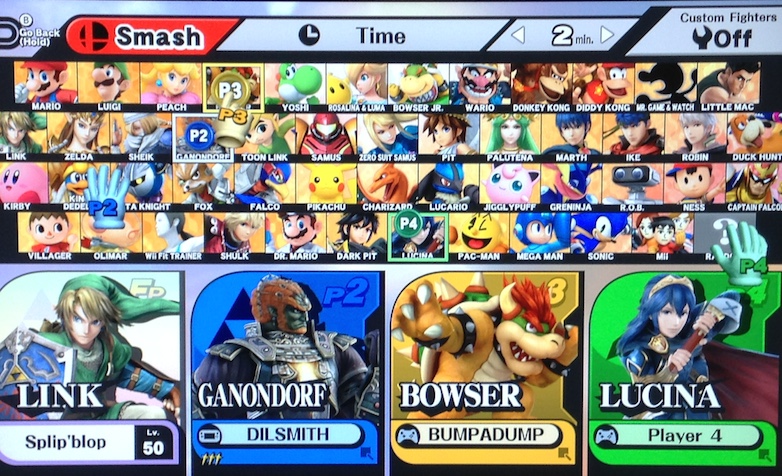
Recent Comments